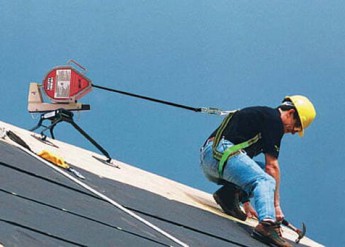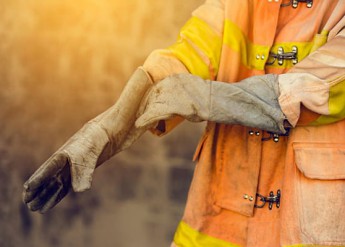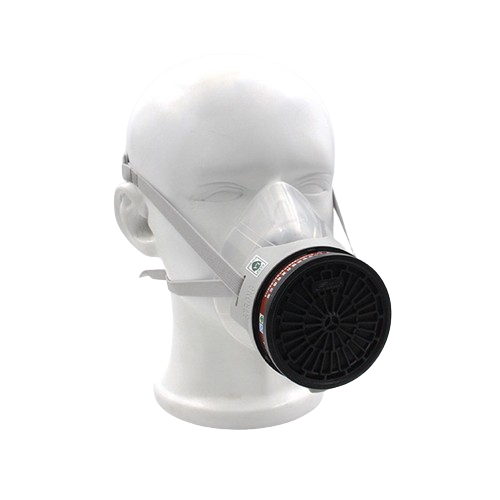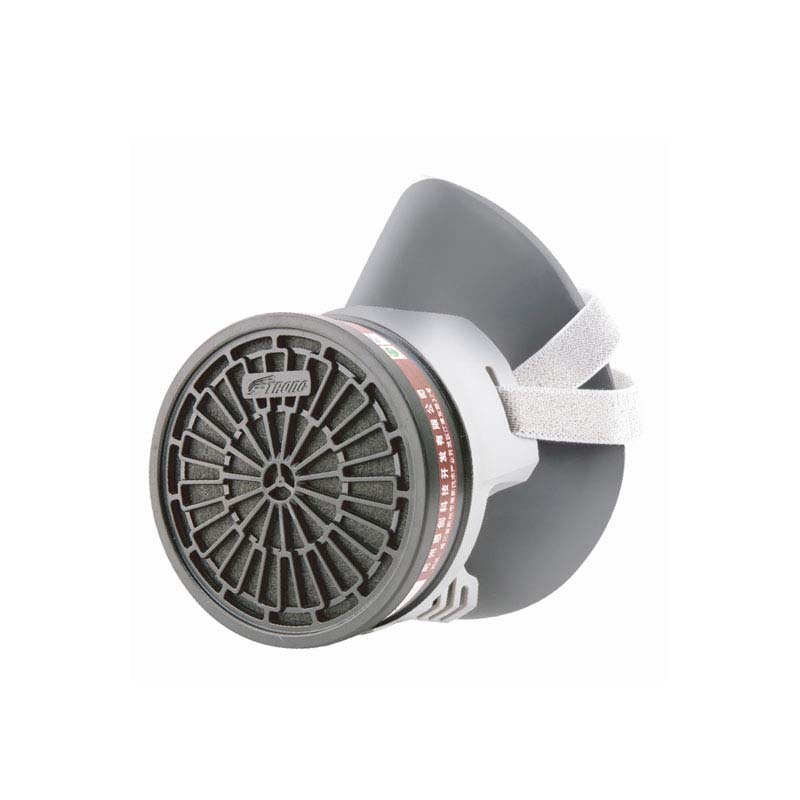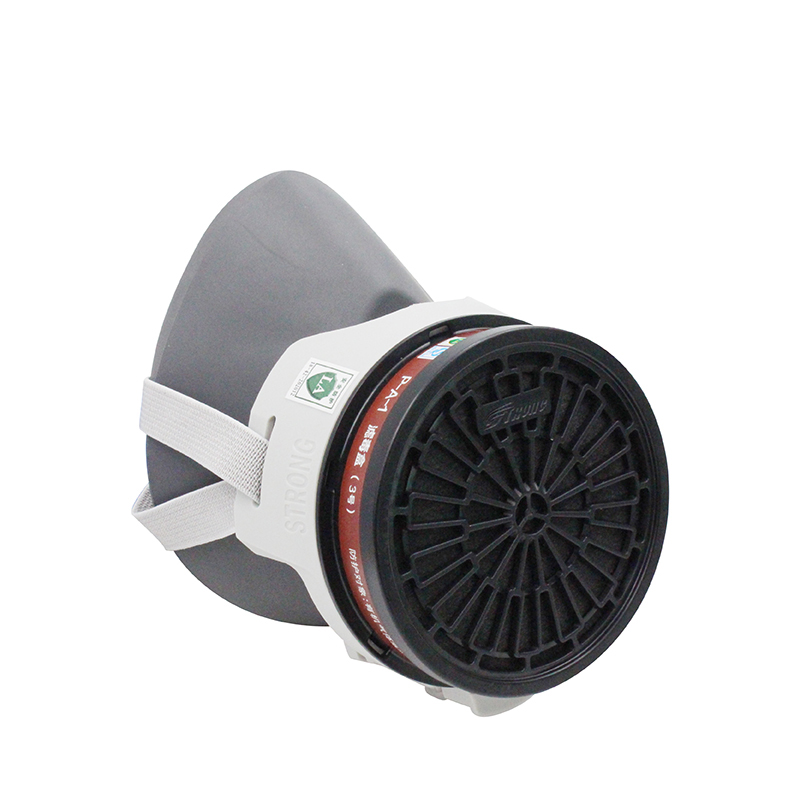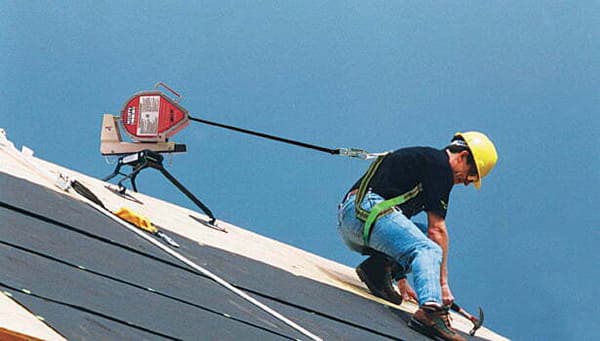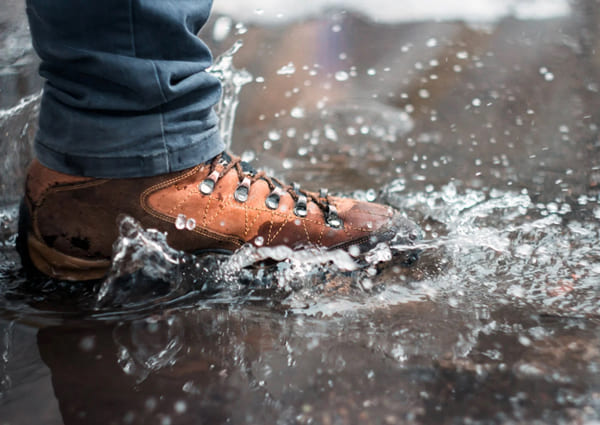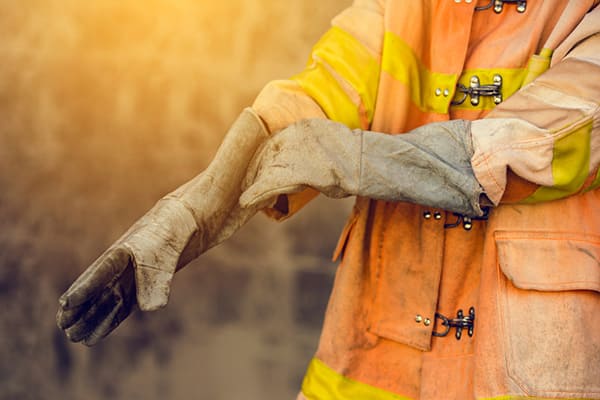Exploring the Different Types of Reflective Vests
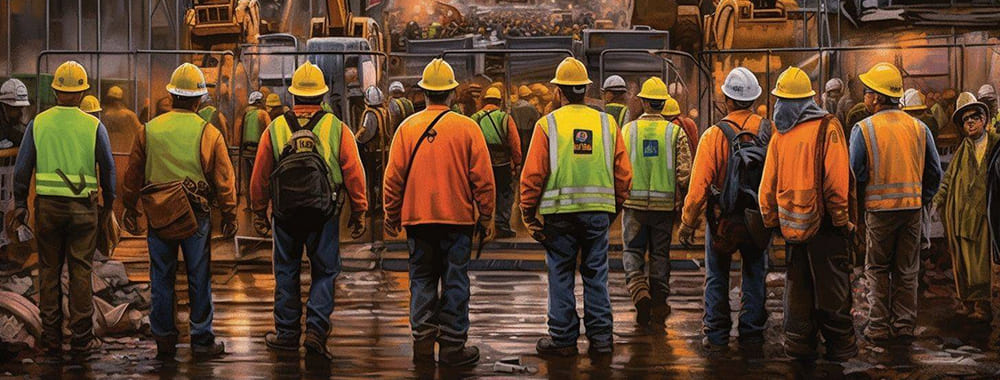
Reflective vests are essential safety garments designed to enhance visibility and improve safety in various settings. They are commonly used by construction workers, cyclists, runners, and emergency personnel, among others. In this article, we will explore the different types of reflective vests available in the market today, highlighting their features and applications.
Class 1 Reflective Vests:
Class 1 vests are designed for low-risk environments with ample separation between traffic and workers. They typically feature minimal reflective tape and are suitable for situations where visibility is important but not critical. Examples include parking attendants and warehouse workers.
Class 2 Reflective Vests:
Class 2 vests offer higher visibility and are intended for use in environments with moderate to heavy traffic. They feature more extensive reflective tape, often with additional fluorescent colors. These vests are commonly worn by road construction crews, utility workers, and surveyors.
Class 3 Reflective Vests:
Class 3 vests provide the highest level of visibility and are designed for high-risk environments and low-light conditions. They have substantial reflective tape and fluorescent material, ensuring maximum visibility from all angles. Class 3 vests are typically worn by emergency responders, highway maintenance workers, and tow truck operators.
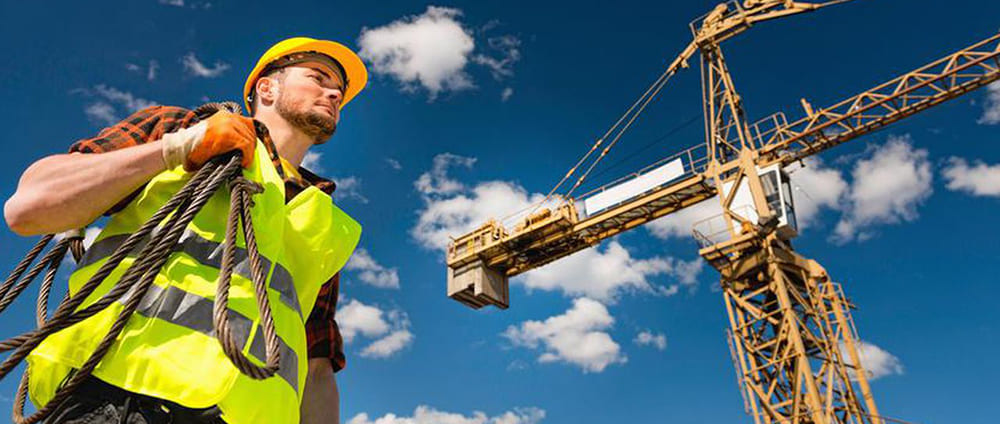
Breakaway Reflective Vests:
Breakaway vests are designed with safety in mind, featuring quick-release fasteners or closures. These vests are primarily used in situations where there is a risk of entanglement, such as working near machinery or in close proximity to vehicles. The breakaway feature allows the vest to detach easily, reducing the risk of injury.
Flame-Resistant Reflective Vests:
For individuals working in environments with potential fire hazards, flame-resistant reflective vests are essential. These vests are constructed using fire-resistant materials and comply with specific safety standards. Industries such as welding, firefighting, and oil refineries often require this type of specialized protective gear.
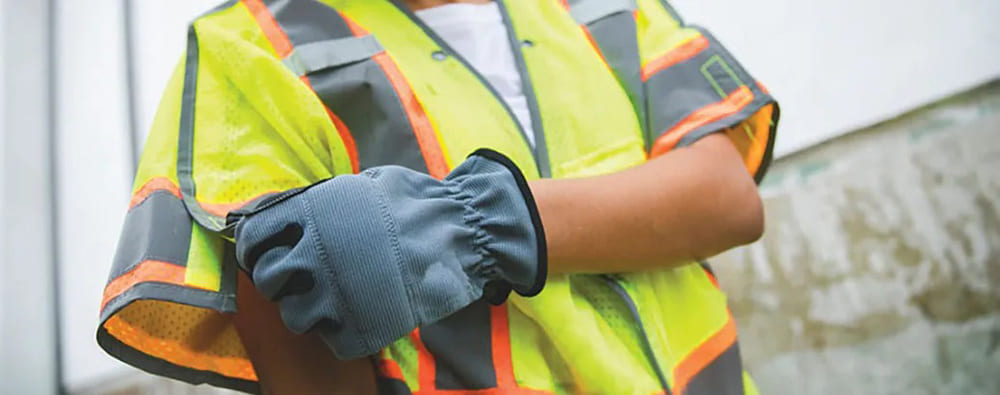
Customizable Reflective Vests:
In addition to the standard types mentioned above, reflective vests can also be customized to meet specific requirements. Companies or organizations can add logos, names, or additional features to the vests, enhancing brand visibility while ensuring safety.
Conclusion:
Reflective vests play a vital role in enhancing visibility and safety in a wide range of industries and activities. By understanding the different types of reflective vests available, individuals can choose the appropriate vest for their specific needs and ensure they remain visible in potentially hazardous environments. Whether it's a construction site, a cycling trip, or emergency response, the right reflective vest can significantly reduce the risk of accidents and improve overall safety.

